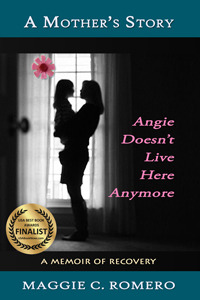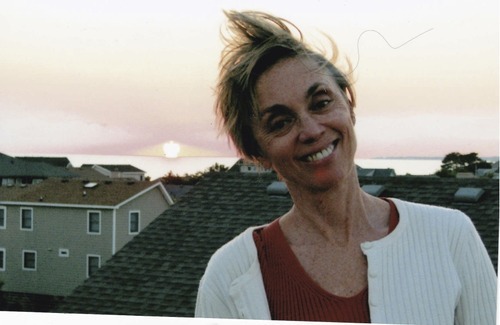I’m the mother of a heroin addict, still in active addiction, and I want to share how I’ve learned to live with a parent’s worst nightmare. My book’s first draft started out as an account of my daughter’s addiction and all the horrors, her loss of self, her loss of soul, that accompany it. But as I got to the end, I realized that her story really began with me, and my story began with my father, etc. It became a story of the generational nature of addiction. And so I rewrote it with an Introduction, where I share my childhood and Angie’s with the reader so that you will know us; you get to know Angie before she was corrupted by addiction and, in my case, perhaps understand why I behaved as I did throughout Angie’s addiction. And as I paralleled her roller coaster ride with my own recovery, it ceased to be a simple story about drug addiction and took on the shape of a memoir, as I show how this tragic life event has changed and transformed me.
I begin with a question in the Prologue:
“Where might my daughter be now if fate, or genes, had been kinder to her? Now, several years into her illness, I am coming to terms with the terrible legacy that began generations ago in my own family and which I have unwittingly passed on to my daughter. All these years I’ve diligently searched for answers, clarity, and solace in the face of terrible pain. Like a gift from the universe, it has come to me slowly, and it is with me now. But it’s been a hard won victory.”
Angie’s illness was the catalyst, as I say at the end of the book “that catapulted me into a cave of my own discoveries…” I found myself at the end of this tunnel, “and I would always—still— reckon with the survivor guilt that has challenged my right to be happy while my daughter still struggles with addiction.”




